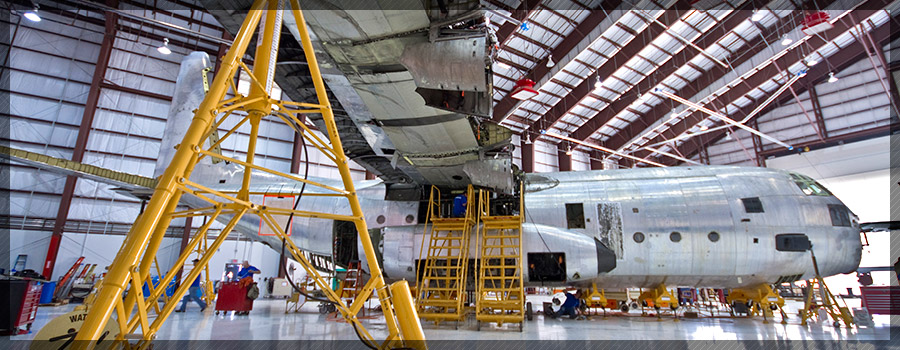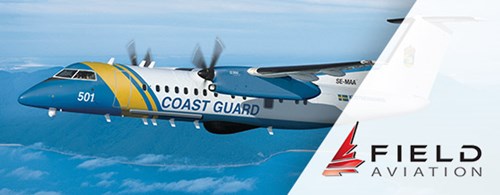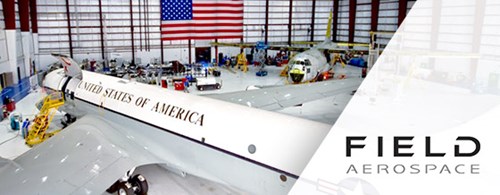The C-130 Hercules is not only the tactical workhorse of United States military airlift, but also operates as a strategic airlift platform for dozens of international air forces. The US Air Force alone operates a fleet of 450 aircraft with variants that number in the dozens. Field Aerospace has a twenty-year history of modifying and maintaining this critical airlift resource. Field Aerospace has operated both at home and abroad, across many of those variants, including the C-130B, C-130E, MC-130P, MC-130W, and the C-130H.

In 2010, Field Aerospace took on its toughest C-130 job, by accepting a C-130H from a foreign customer into depot level maintenance. The US Air Force runs its entire C-130 fleet through an anti-corrosion program referred to as Programmed Depot Maintenance (PDM). This program runs on a 5-year cycle, for every aircraft in the USAF. Our international customer had been challenged by not only a lack of financial resources, but by US sanctions against this country. The sanctions continued for 13 years and the customer had not had access to the US technical order, US parts, logistics, and supply system. This aircraft was 21 years old when inducted and instead of already passing through 4 major overhauls, every 5 years, the aircraft had no PDM’s performed in its lifetime.
The aircraft had to make a 5-day journey in order to be inducted into the Oklahoma City facility. Field Aerospace provided 4 instructors to guide and instruct this country’s crew across the entire Pacific. Every day brought another system failed and maintenance was required in order to proceed. The journey was particularly harrowing as fuel indicators failed repeatedly and the tanks had to be dipped at each stop to check the fuel level. This was all as the aircraft had to locate tiny Pacific islands to stop for refueling, leaving no room for error in calculating fuel.
Field Aerospace took on this project and produced the most reliable and relied upon aircraft for this country. The PDM became not just depot maintenance, but a complete refurbishment. The work was complicated by the fact that without access to the US technical order system, none of the Time Compliance Technical Orders (TCTO) had been conducted in over 15 years. Field Aerospace completed a total of 17 TCTO’s and 4 Isochronal Inspections, simultaneously with the normal PDM work. This effort required major structural work that included replacing the left and right hand sloping longerons, 12 upper and 9 lower caps, and 6 chine plates. Finally, 8 rainbow fittings and 9 corner fittings had to be replaced in hopes of making the aircraft airworthy again.
This aircraft departed Oklahoma and was returned to service where is continues to be utilized for a plethora of missions, including tactical airdrop, VIP transport, search and rescue, and even cloud seeding. This project provided a mission critical aircraft for another 20 years for this US ally.

